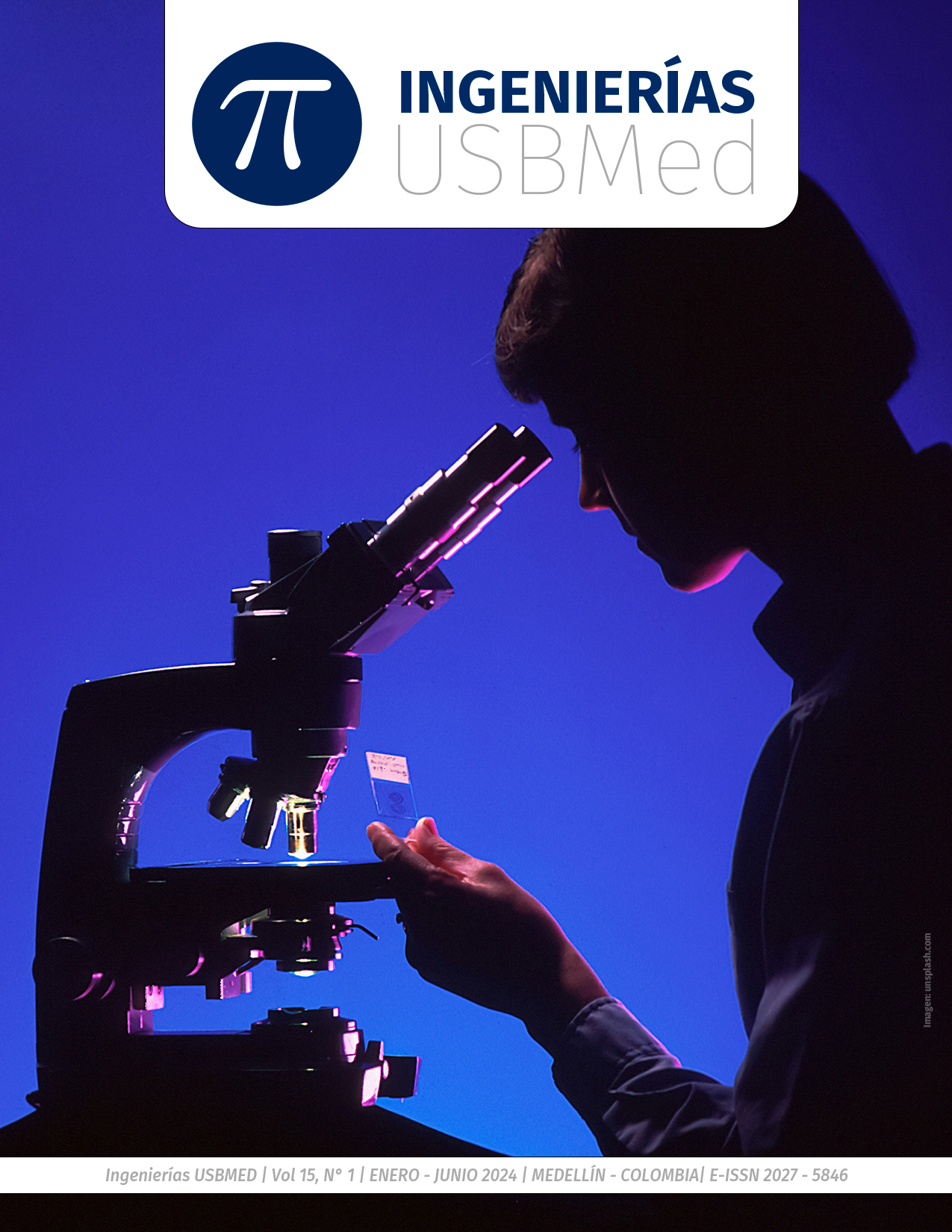This journal provides immediately free access to its contents under the principle that make available the research results for free to the public, helps for a greater global exchange of knowledge.
Therefore, the journal invokes the Creative Commons 4.0
License attributions: Recognition – Non-commertial - Share equal. Commercial use and distribution of original or derivative works are not permitted and must be done with a equal license as the one that regulate the original work.
Abstract
This work proposes an online application that allows simulating an environment of business competition with the exploitation of natural resources, involving various variables that can be considered in the modeling of systems behavior, useful in subjects of systemic thinking, to facilitate the participants, the understanding of a system, as a set of parts and their relationships, making up a whole. As a development methodology, the concept of gamification was considered, which is why elements of said didactic strategy are incorporated; subsequently, the digital resource was developed using the tools of the Google Workspace platform to build a purely virtual environment and finally, a psychological instrument was incorporated to gather information that allows validating the performance of the resource. In a first implementation, data was collected from a group of visiting students at the University of Antioquia from which the mathematical models that condition the behavior of the simulated system were reviewed and adjusted, in such a way that the "chaos" start displaying from 7 game periods onwards; In the implementation of the psychological instrument, it was found that for the majority, the activity was effective in terms of promoting theoretical knowledge, technological skills, communication and collaborative work, learning and self-pace
Keywords:
References
[2] M. Breque, L. De Nul y A. Petridis, «Industry 5.0. Towards a sustainable, human-centric and resilient European industry,» European Commission. Directorate-General for Research and Innovation, Luxembourg, 2021.
[3] S. Kim, K. Song, B. Lockee y J. Burton, Gamification in Learning and Education. Enjoy Learning Like Gaming, Gewerbestrasse: Springer International Publishing AG, 2018.
[4] S. Harris y K. O'Gorman, Mastering Gamification: Customer Engagement in 30 days, Birmingham: Impackt Publishing Ltd., 2014.
[5] D. H. Meadows, Thinking in Systems, D. Wright, Ed., London: Earthscan, 2009.
[6] D. Meadows, J. Sterman y A. King, «Teaching Resources Library. MIT Management Sloan School,» 7 Abril 2020. [En línea]. Available: http://mitsloan.mit.edu/teaching-resources-library/fishbanks-una-simulacion-de-gestion-de-recursos-renovables. [Último acceso: 1 Marzo 2023].
[7] J. A. Mosquera y A. F. Rojas, «Empresa Maderera "The Wood",» Universidad Autónoma de Occidente, Cali, 2015.
[8] C. M. Arias Mejía, «De la Gamificación al Aprendizaje Basado en Juegos,» de Innovación docente e investigación en Ciencias Sociales, Económicas y Jurídicas. Avanzando en el proceso de enseñanza-aprendizaje, Madrid, DYKINSON, S.L., 2020, pp. 699-706.
[9] P.-A. Langendahl, M. Cook y C. Mark-Herbert, «Exploring Gamification in Management Education for Sustainable Development,» Creative Education, vol. 8, nº 14, pp. 2243-2257, 2017.
[10] M. A. Sotelo Castillo, L. F. Barrera Hernández, S. B. Echeverría Castro y D. Y. Ramos Estrada, «Aprendizaje percibido de estudiantes universitarios en cursos en modalidad presencial y mixta: un estudio comparativo,» Revista Latinoamericana de Tecnología Educativa, vol. 21, nº 1, pp. 115-127, 2022.
[11] G. Zapata, P. Leihy y D. Theurillat, «Compromiso estudiantil en educación superior: Adaptación y validación de un cuestionario de evaluación en universidades chilenas,» Calidad en la Educación, nº 8, pp. 204-250, 2018.
[12] Indiana University School of Education, «NSSE Survey Instruments,» 13 Diciembre 2019. [En línea]. Available: https://nsse.indiana.edu/nsse/survey-instruments/index.html. [Último acceso: 5 Junio 2023].
[13] Grupo de Estudio en Lúdica Aplicada - GELA, «Cafeín-Finita,» 2 Junio 2023. [En línea]. Available: https://sites.google.com/view/cafein-finita/inicio. [Último acceso: 7 Junio 2023].
[14] U.S. Food and Drug Administration - FDA, «Al grano: ¿cuánta cafeína es demasiada?,» U.S. Food and Drug Administration - FDA, 12 Diciembre 2018. [En línea]. Available: https://www.fda.gov/consumers/articulos-para-el-consumidor-en-espanol/al-grano-cuanta-cafeina-es-demasiada. [Último acceso: 7 Mayo 2023].















